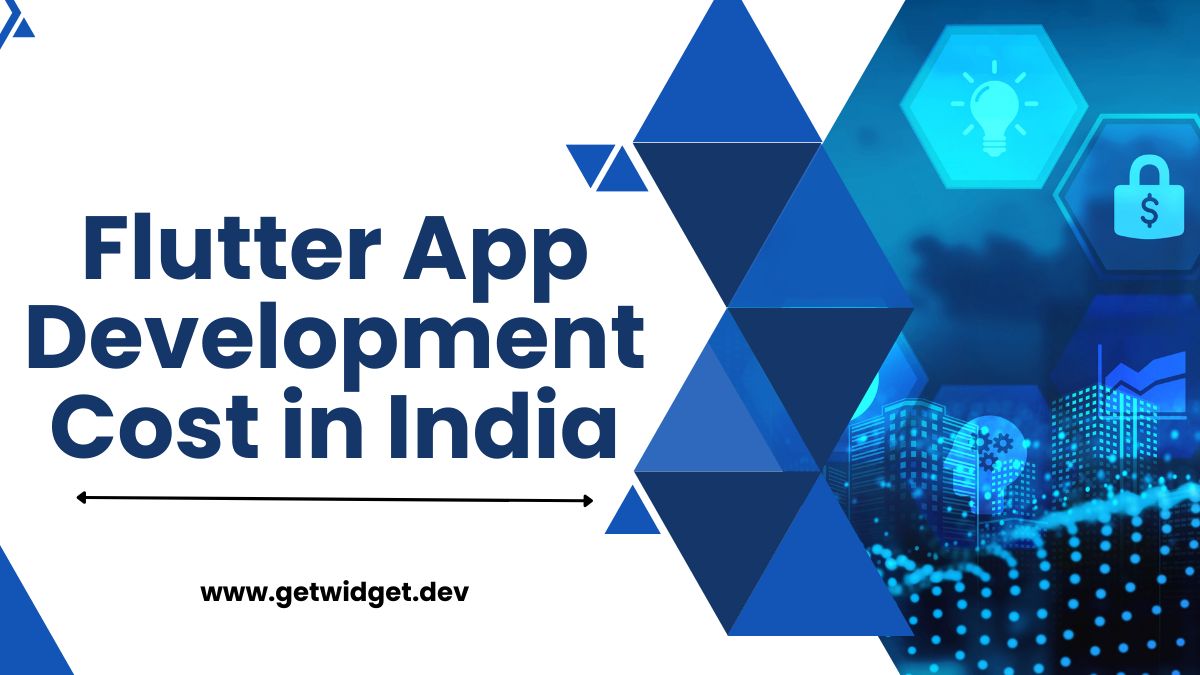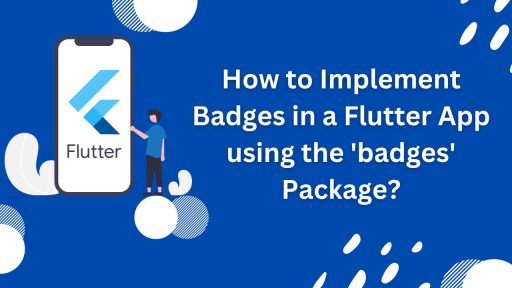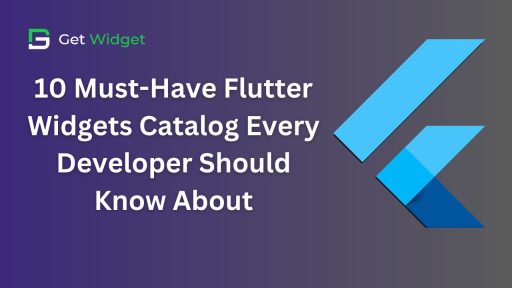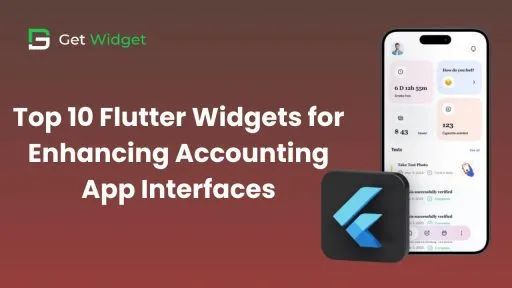Flutter app development cost: Flutter is an open-source UI software development kit (SDK) created by Google. It allows developers to build high-quality native applications for iOS, Android, and web platforms from a single codebase. Here are some key points about Flutter app development:
Flutter Framework: Flutter uses Dart programming language and provides a rich set of pre-built UI components, known as widgets, that enable developers to create beautiful and responsive user interfaces. It offers a reactive and declarative programming model, making it easier for developers to build interactive apps.
Cross-platform capabilities: One of the major advantages of Flutter is its ability to create applications for multiple platforms using a single codebase. This means that developers can write code once and deploy it on both iOS and Android platforms, saving time and effort. Flutter also allows for seamless integration with existing native code, giving developers flexibility in incorporating platform-specific features.
Performance and speed: Flutter apps are known for their high performance and fast execution. Flutter uses a unique rendering engine called Skia, which enables smooth animations and transitions. It also has a hot-reload feature that allows developers to see changes in real-time, making the development process faster and more efficient.
Popularity and growing community: Flutter has gained significant popularity in recent years, and its developer community continues to grow rapidly. This means that there are abundant resources, libraries, and plugins available for developers to leverage in their app development process. The active community also ensures regular updates and improvements to the framework.
Flutter offers a powerful and efficient framework for building cross-platform mobile apps. Its ability to create visually appealing and high-performance applications, along with its growing popularity and community support, makes it an attractive choice for businesses looking to develop mobile apps.
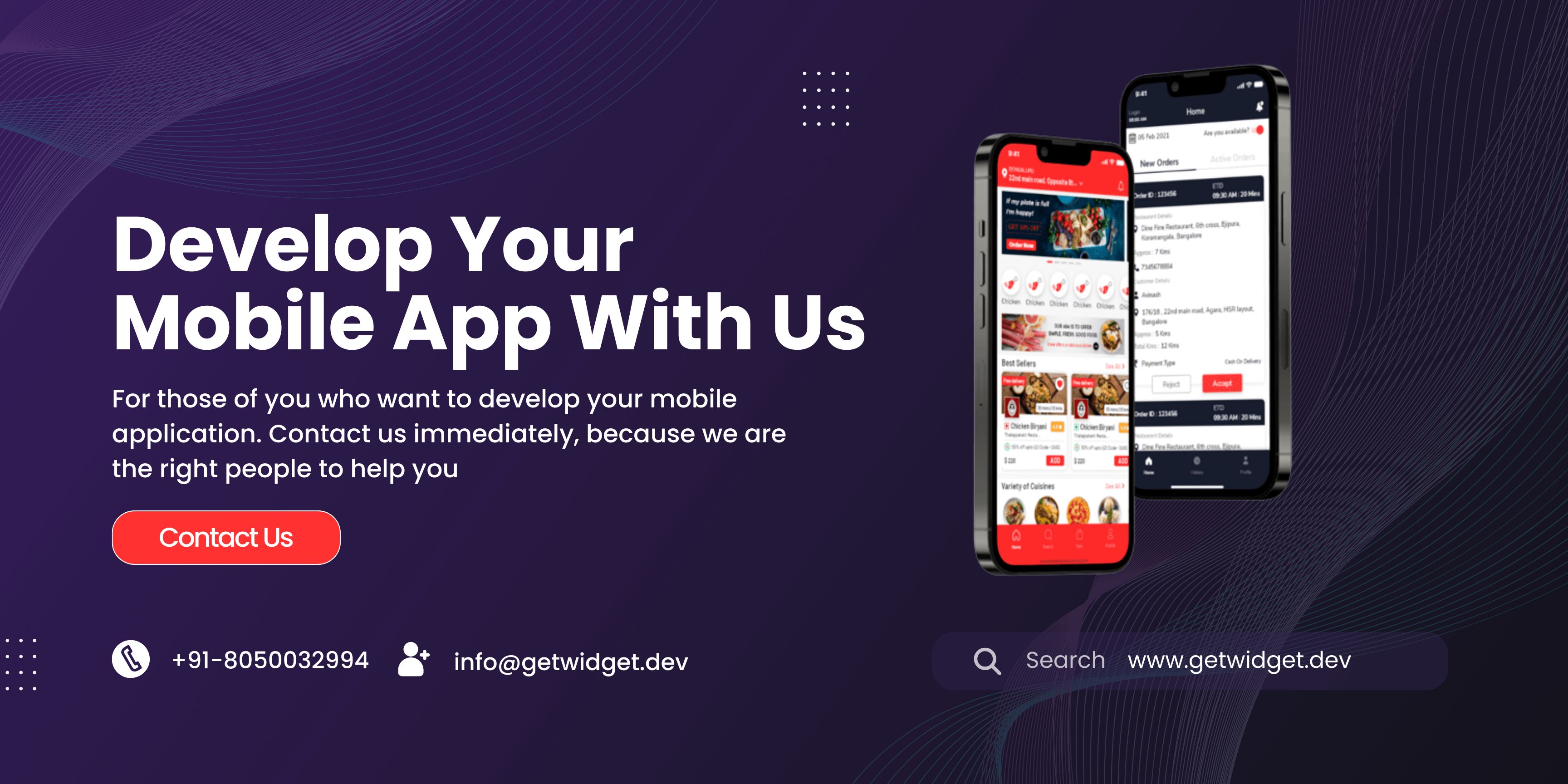
I. Factors influencing the cost of Flutter app development
Complexity of the app
Basic apps:
Definition of basic apps: Simple applications with minimal features and functionalities.
Examples of basic apps: Informational apps, simple calculators, and news readers.
Cost considerations for basic apps:
- Minimal development time and effort required.
- Limited number of screens and functionalities.
- Basic user interface (UI) design without complex animations or custom graphics.
- Can be developed by a single developer or a small team.
- Lower cost compared to more complex apps.
Medium complexity apps:
Definition of medium complexity apps: Apps with moderate features and functionalities.
Examples of medium-complexityThe large apps: Social networking apps, e-commerce apps, productivity apps.
Cost considerations for medium complexity apps:
- Moderate development time and effort required.
- More screens and functionalities compared to basic apps.
- Custom UI design with some level of animations and graphics.
- Integration with backend services or APIs.
- May require a team of developers and designers.
- Higher cost compared to basic apps.
Complex apps:
Definition of complex apps: Apps with advanced features and functionalities.
Examples of complex apps: On-demand service apps, gaming apps, multi-platform apps.
Cost considerations for complex apps:
- Extensive development time and effort required.
- The large number of screens and complex functionalities.
- Custom UI design with rich animations and graphics.
- Integration with multiple backend systems and third-party APIs.
- Advanced features like real-time chat, location tracking, and payment gateways.
- Requires a team of experienced developers, designers, and testers.
- Highest cost compared to basic and medium complexity apps.
- It’s important to note that the cost of app development can vary based on the specific requirements, the hourly rates of developers, and the geographical location of the development team.
Design and UI/UX considerations
Custom vs. pre-built designs:
Custom designs: Creating unique and tailored UI/UX designs specifically for the app.
- Higher cost due to the time and effort required for designing from scratch.
- Provides a personalized and branded look for the app.
Pre-built designs: Utilizing ready-made UI templates or design components.
- Lower cost as the design work is already done.
- Less flexibility in terms of customization and uniqueness.
Complexity of animations and transitions:
Simple animations: Basic transitions and effects like fade-ins, slide-ins, and button animations.
- Lower cost as they can be implemented using built-in Flutter animation libraries.
Complex animations: Advanced and intricate animations involving multiple elements and interactions.
- Higher cost as they require custom coding and more development time.
- Requires skilled animation designers and developers.
The choice between custom or pre-built designs and the complexity of animations and transitions can significantly impact the cost of Flutter app development. It is essential to consider the desired level of uniqueness and user experience while balancing the budget and development timeline.
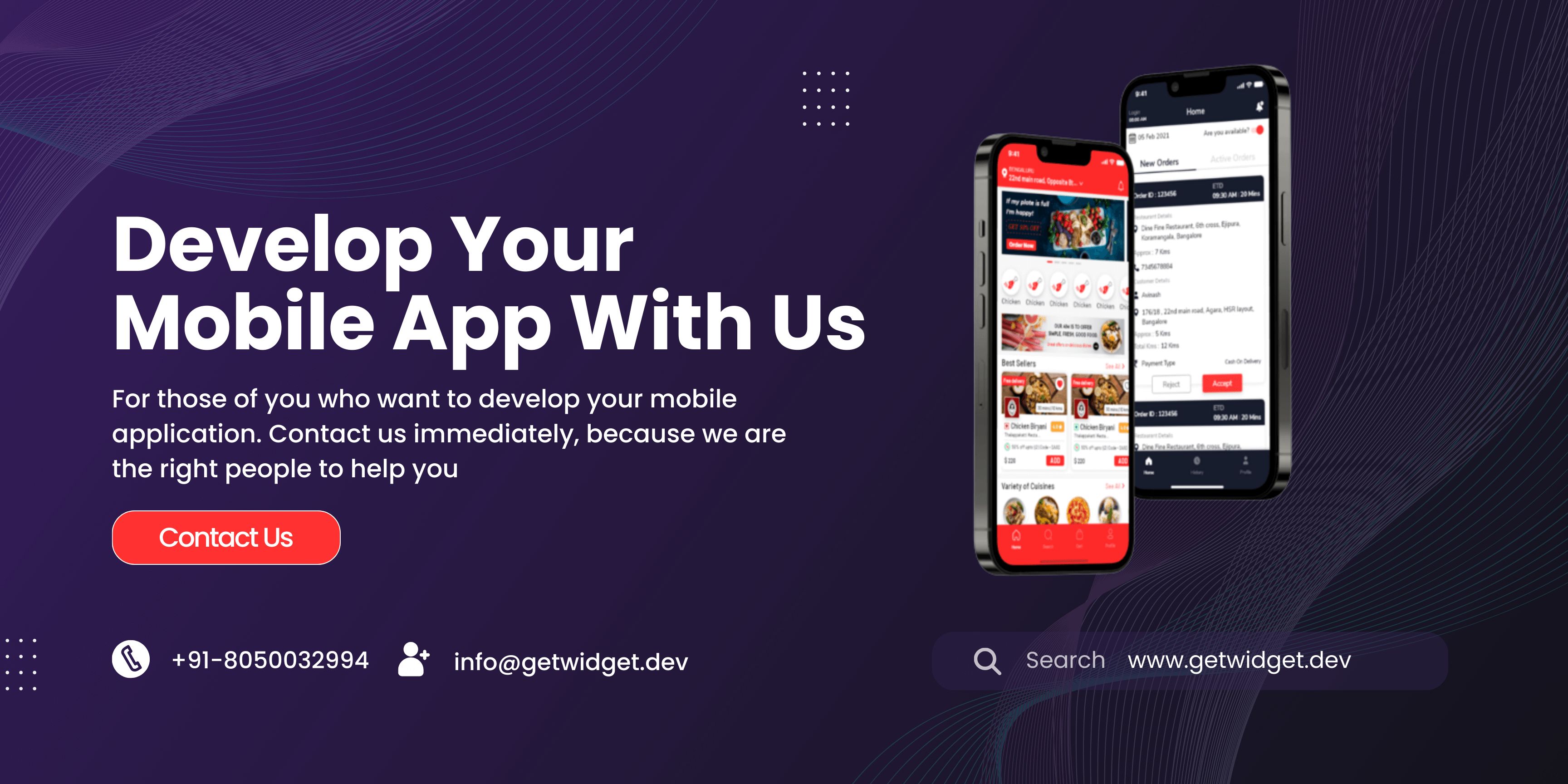
Backend development
Integration with databases and APIs:
- Connecting the app with databases to store and retrieve data.
- Integrating with external APIs for accessing third-party services and data sources.
- Higher cost if complex database structures or multiple API integrations are involved.
User authentication and security features:
- Implementing user authentication mechanisms like login, registration, and password reset.
- Ensuring data security through encryption, secure connections, and proper authentication protocols.
- Additional cost for implementing robust security measures and complying with industry standards.
Platform compatibility
Development for iOS and Android platforms:
- Building the app to work seamlessly on both iOS and Android devices.
- Higher cost compared to developing for a single platform.
Additional cost for cross-platform compatibility:
- Developing the app using Flutter’s cross-platform capabilities.
- Ensuring consistent user experience and functionality across different platforms.
- May require extra effort and specialized knowledge, resulting in additional cost.
Cost breakdown of Flutter app development
A. Development team
Hiring in-house developers:
Cost considerations:
- Salaries and benefits for the developers.
- Cost of recruitment and hiring processes.
- Ongoing expenses for employee management and infrastructure.
Pros:
- Direct control and collaboration with the development team.
- Possibility of long-term commitment and knowledge retention.
Cons:
- Higher initial investment and fixed costs.
- Limited availability of skilled Flutter developers in the job market.
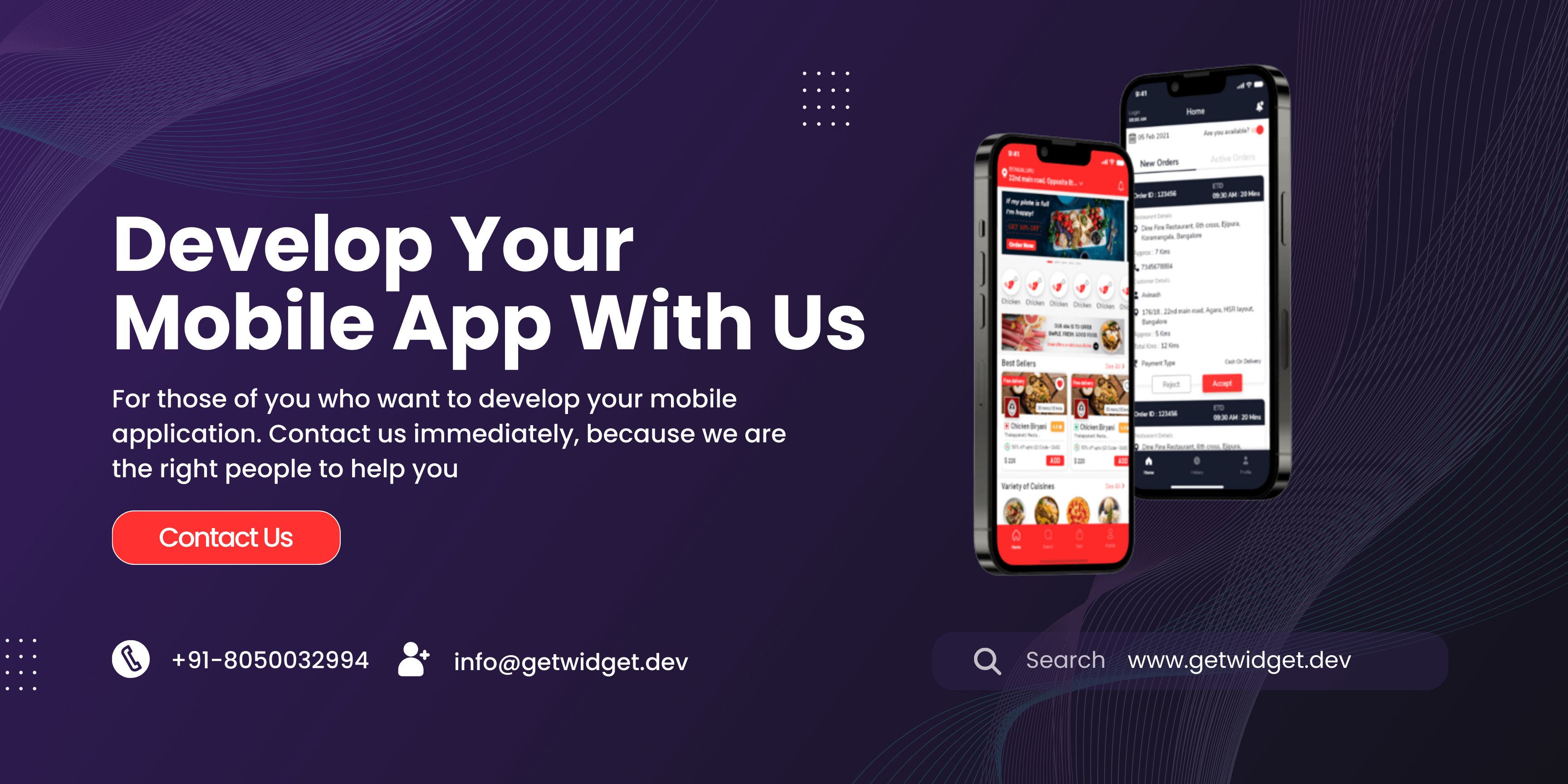
Outsourcing to a development agency:
Cost considerations:
- Project-based pricing or hourly rates.
- Upfront costs and payment terms.
- Additional charges for project management and communication.
Pros:
- Access to a dedicated team of experienced Flutter developers.
- Flexibility to scale the team based on project requirements.
- Potentially lower costs compared to hiring in-house developers.
Cons:
- Less direct control over the development process.
- Communication and time zone differences may affect collaboration.
Development time
Estimating the time required for different app components:
- Cost considerations:
- Hourly rates or project-based pricing based on time estimates.
- Complexity of the app features and functionalities.
- Development team’s efficiency and expertise.
- Factors that influence development time:
- UI/UX design and development.
- Frontend and backend development.
- Integration with databases and APIs.
- Testing and quality assurance.
- Iterations and refinements based on feedback.
App maintenance and updates
- Bug fixing and performance optimization:
- Cost considerations:
- Hourly rates or ongoing maintenance contracts.
- Severity and complexity of the bugs.
- Performance improvements and optimizations are required.
- Regular maintenance activities:
- Monitoring and resolving app crashes or errors.
- Performance monitoring and optimization.
- Security updates and patches.
Adding new features and functionalities:
Cost considerations:
- Hourly rates or project-based pricing.
- Complexity and scope of the new features.
- Integration with existing app components.
Factors to consider:
- User feedback and market demands.
- Competitive landscape and industry trends.
- Budget and development roadmap.
It’s important to budget for ongoing maintenance and updates as these activities are crucial for the long-term success and usability of the app. The cost breakdown will vary based on the chosen development approach, the complexity of the app, and the specific requirements of the project.
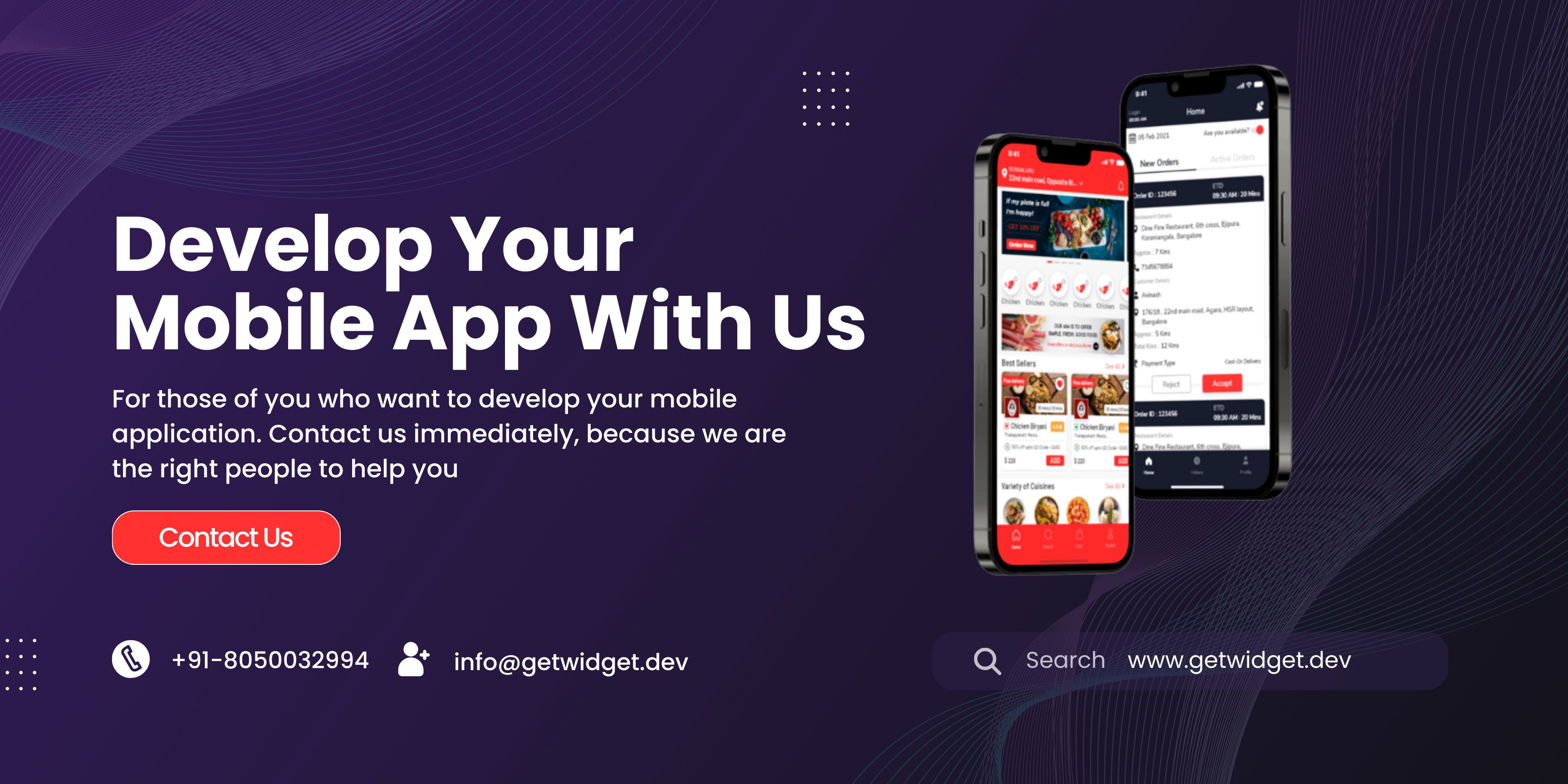
Average cost ranges for Flutter app development
A. Basic app cost range:
- The cost range for developing a basic Flutter app typically falls between $5,000 and $20,000.
- This range is applicable to simple apps with limited features and functionalities.
- The cost can vary based on factors such as UI complexity, number of screens, and integration with backend systems.
B. Moderate complexity app cost range:
- The cost range for developing a moderate complexity Flutter app usually falls between $20,000 and $50,000.
- This range applies to apps with a moderate number of features and functionalities.
- The cost can vary based on factors such as UI design complexity, integration with databases and APIs, and additional backend development requirements.
C. Complex app cost range:
- The cost range for developing a complex Flutter app typically starts from $50,000 and can go beyond $100,000.
- This range applies to apps with advanced features, extensive functionalities, and a large number of screens.
- The cost can vary significantly based on factors such as UI/UX design complexity, custom animations and transitions, integration with multiple backend systems and third-party APIs, and implementation of advanced features like real-time chat, location tracking, and payment gateways.
It’s important to note that these cost ranges are estimates and can vary depending on various factors, including the specific requirements of the app, the level of customization needed, the complexity of the backend integration, and the rates of the development team or agency. It’s recommended to consult with experienced developers or development agencies to get a more accurate cost estimate based on your app’s specific requirements.
Additional costs to consider
A. App testing and quality assurance:
- Testing and quality assurance are crucial to ensure the functionality, usability, and performance of the app.
- It’s important to allocate a budget for testing activities, which may include manual testing, automated testing, device testing, and compatibility testing.
- The cost for testing and quality assurance can vary depending on the complexity of the app and the chosen testing methodologies.
B. App store submission and developer account fees:
- When publishing your app on app stores such as the Apple App Store and Google Play Store, there are associated fees.
- The Apple App Store charges an annual developer account fee of $99, while the Google Play Store charges a one-time developer account fee of $25.
- These fees are necessary to gain access to the app stores and to submit your app for distribution.
C. Marketing and promotion expenses:
- Once the app is developed and ready for launch, it’s important to allocate a budget for marketing and promotion.
- Marketing expenses may include activities such as app store optimization (ASO), social media marketing, online advertising, influencer marketing, and public relations.
- The cost of marketing and promotion will vary based on the scale of your marketing efforts and the channels you choose to promote your app.
It’s important to factor in these additional costs when budgeting for your Flutter app development project. The extent of these expenses will depend on your specific requirements, the scale of your app, and your marketing strategy. It’s advisable to plan and allocate a budget for these areas to ensure a successful app launch and ongoing marketing efforts.
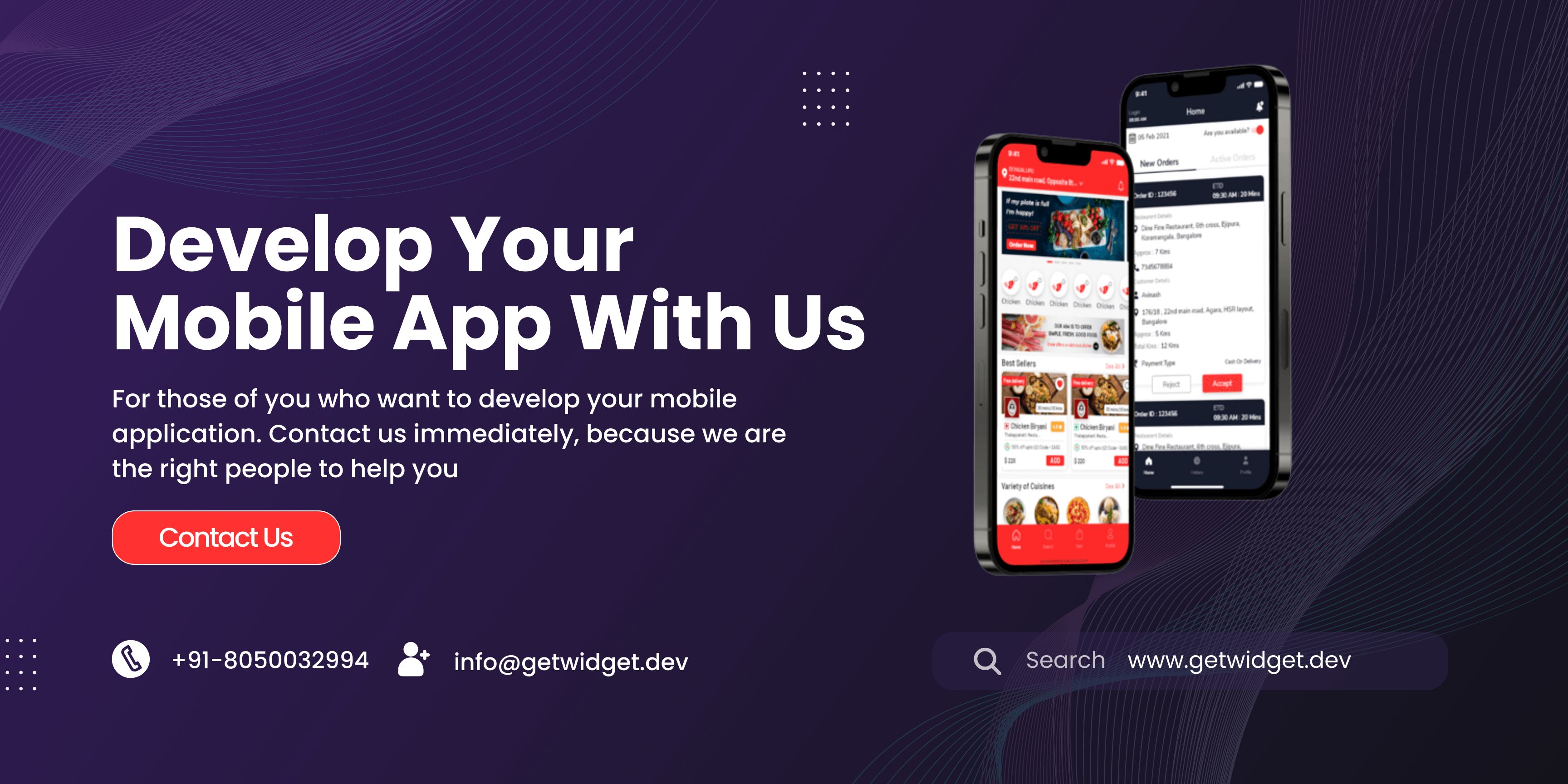
Tips for optimizing app development costs
A. Prioritizing features and functionalities:
- Start by identifying the core features and functionalities that are essential for your app’s minimum viable product (MVP).
- Prioritize these features based on their importance and impact on the user experience.
- By focusing on essential features first, you can reduce development time and costs, and launch a functional version of your app faster.
- Additional features can be added in future updates based on user feedback and market demand.
B. Choosing the right development approach:
- Consider different development approaches, such as native app development, cross-platform development, or hybrid app development, to determine the most cost-effective option for your app.
- Evaluate the pros and cons of each approach and consider factors like development time, maintenance requirements, and platform compatibility.
- Flutter is a popular cross-platform development framework that can help reduce costs by enabling the development of apps for both iOS and Android platforms using a single codebase.
C. Collaboration and communication with the development team:
- Establish clear communication channels with your development team to ensure efficient collaboration and minimize misunderstandings.
- Clearly communicate your app’s requirements, objectives, and budget constraints to the development team from the beginning.
- Regularly communicate with the team, provide feedback, and address any questions or concerns promptly to avoid costly rework or delays.
D. Iterative development and MVP (Minimum Viable Product) approach:
- Adopt an iterative development approach, where you release and test versions of the app in stages.
- Start with an MVP that includes essential features and gather user feedback to guide further development.
- This approach helps in cost optimization by allowing you to prioritize development efforts based on real user needs and market demand.
- It also reduces the risk of investing too much upfront in features that may not be well-received or utilized by users.
By following these tips, you can optimize app development costs without compromising on quality or functionality. Remember to carefully plan, prioritize, and communicate your requirements to ensure a successful and cost-effective app development process.
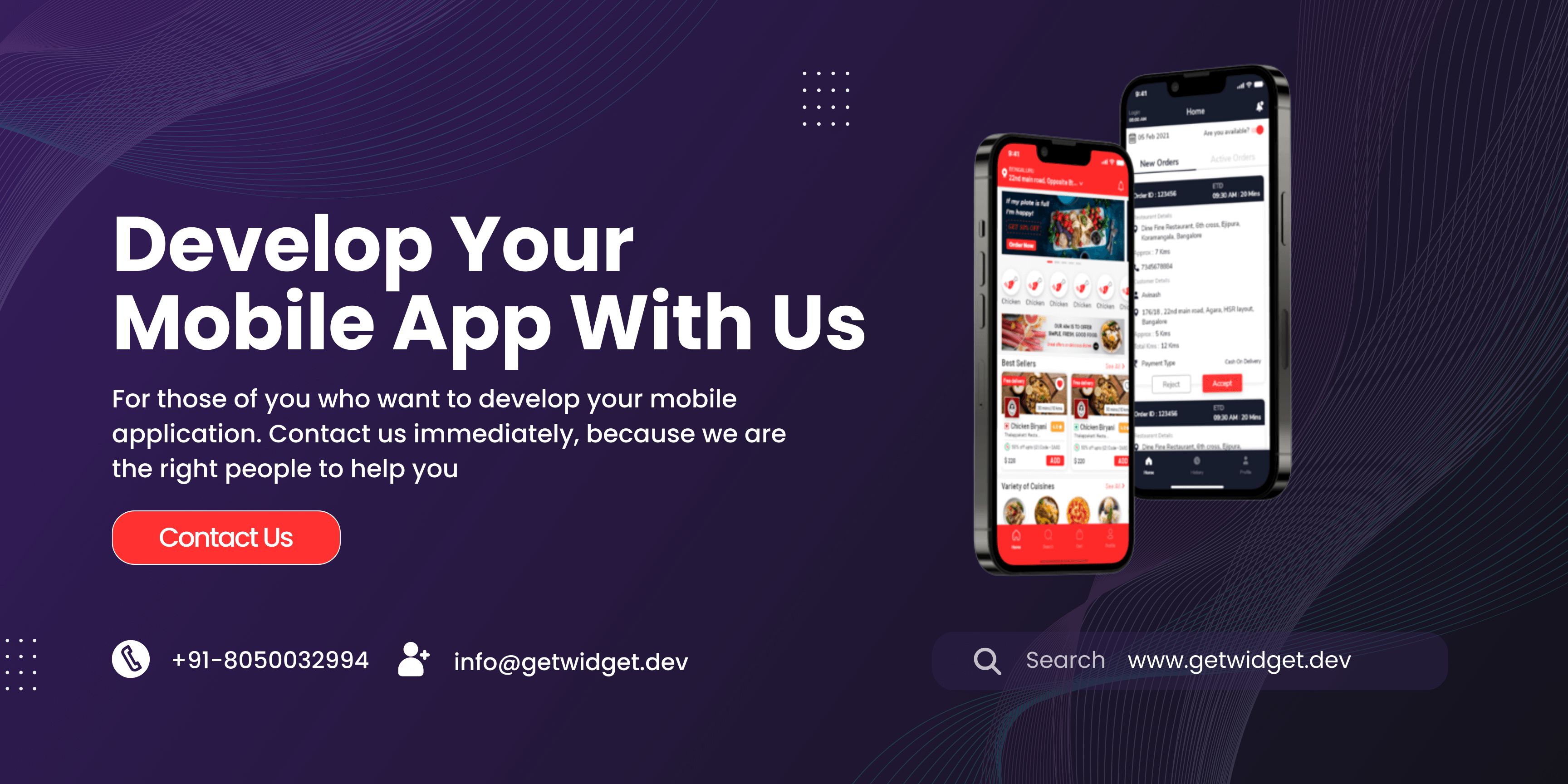
Conclusion
Developing a Flutter app involves various considerations, from design and UI/UX to backend development, platform compatibility, and cost breakdown. By carefully evaluating these factors and making informed decisions, you can optimize the development process and manage costs effectively.
When it comes to design and UI/UX, you can choose between custom and pre-built designs, considering the complexity of animations and transitions. Backend development involves integration with databases and APIs, as well as implementing user authentication and security features.
Platform compatibility is crucial, with the option to develop for iOS and Android platforms separately or consider cross-platform compatibility, which may incur additional costs.
The cost breakdown of Flutter app development includes factors like the development team, development time estimation, and app maintenance and updates. You can choose to hire in-house developers or outsource to a development agency, estimate the time required for different app components, and budget for ongoing maintenance and updates.
The average cost ranges for Flutter app development can vary based on the complexity of the app. It’s important to consider the basic app cost range, moderate complexity app cost range, and complex app cost range when planning your budget.
Additional costs to consider include app testing and quality assurance, app store submission and developer account fees, as well as marketing and promotion expenses. Allocating a budget for these areas ensures the successful launch and promotion of your app.
To optimize app development costs, prioritize features and functionalities, choose the right development approach, foster collaboration and communication with the development team, and adopt an iterative development and MVP approach.
By following these guidelines and considering the various aspects of Flutter app development, you can streamline the process, manage costs effectively, and create a high-quality app that meets your goals and user expectations.

